Mice are one of the most common pests homeowners face in the United States. Mice can be a problem for any type of house regardless of age or condition because they can squeeze through a hole the size of a dime. When people first notice signs of a mouse infestation, they usually run to the hardware store to get traps. To help homeowners, we asked the division service manager Jason Leinneweber his advice on picking the best mouse trap.
What is most important to consider when buying a mouse trap?
The most important thing to consider is effectiveness. Some traps may be cheaper but could be less effective or considered less humane. On the other hand, some traps, like humane electrical traps, are more expensive but very effective. Traps can truly be a “you get what you pay for” deal. The exception to this rule may be the old-fashioned Victor-style traps (the ones with the wooden base). They only run a few dollars and there is a reason they have been around for 100 years, my only advice with this style of trap is to keep your fingers out of the way.
Homeowners need to assess their particular mouse infestation situation to discern what sort of trap is going to work best for them, based on how many mice they think are in the house, and their skill level of trapping along with the time commitment needed to solve the issue. It should be noted that traps are typically most effective if there are only one or two mice in the home; if you’re dealing with a larger quantity of mice, it is best to employ the services of a wildlife removal professional, who can handle your home’s mouse problem in a properly customized fashion.
What mouse trap type is most humane?
If you’re interested in a reusable trap that humanely handles your mouse problem, cage traps are most effective. These traps allow mice to enter from one end of the trap and then cannot exit, at which point the homeowner can release the animals outside, unharmed. The trap can then be put back into use right away, to collect any other mice still living in the home.
Watch a cage trap catch a rodent.
What should you consider when choosing a mouse trap if you also need to consider child and pet safety at home?
Although snap traps may be the most well-known and most common mouse traps for household use, their snapping component could be dangerous for pets and small children around the house. Pets may be drawn to the food used to bait the trap, while babies and toddlers could confuse it as a toy left on the ground and try to touch it, activating the snapping function and getting hurt.
If you have young children or pets, you may want to stick with cage traps that pose less of a physical threat to them.
What’s the best bait to use in a mouse trap?
While cheese may be the most famous bait for mouse traps, homeowners should know that mice prefer sweet foods. With that in mind, if you’re using a food-baited snap trap, your best bet for enticing mice to the trap is to bait it with peanut butter or some other light, sweet treat. Pay attention to what the mice are already eating if they have invaded the pantry. If you find a hole chewed in a box of cereal, use that as your bait.
How long does it usually take for a mouse trap to work?
Many mice may be averse to taking unnecessary risks, so even if you put a trap right in an area or path that they frequent within your home, they may remain skeptical of it for some time and choose to avoid it. They typically won’t approach it until they’re certain it doesn’t pose an immediate threat to them, which can take days or even weeks.
In some instances, that wait may not bother a homeowner, but each day that the mouse problem is not handled, is another day of your home and food potentially being contaminated by them. While they’re scurrying around, they may also chew on furniture and other fixtures in the house, as well as electrical wires, which could cause a fire. Not only that, but mice reproduce and multiply very quickly, so every passing day where the problem is not rectified is another day closer to the problem worsening.
If you feel the traps are not getting the job done in an economical amount of time, you ought to enlist the help of a professional wildlife removal service.

Jason Leinneweber started his career as a wildlife biologist in 2009. He was instrumental in growing the region first as a technician, then District Manager in Dallas-Fort Worth. He spent five years as the district manager before being promoted to region manager. Jason’s experience in excellent service earned him another promotion to Division Service Manager in 2021.
One of the most popular places in your home for different types of animals to live is your attic. The most common attic pests are raccoons, bats, rats, mice, squirrels, opossums, and birds. The house mouse is the most common in Houston, Texas.
Mouse Removal from the Attic
Mice reproduce at an astounding rate. Mice trapping takes between five to fourteen days. Mice can fit through openings as small as half an inch in diameter, which means that small holes, gaps in doorways, and wall vents often serve as common entry points. If a rodent cannot find a large enough entry point, it can gnaw through materials like shingles and plywood to gain access to your attic.
Mouse Control in Your Attic
There are a few ways to mouse-proof your attic, and most of them start before the rodents reach the attic.Rats are also proficient swimmers capable of traveling through sewer lines and entering buildings by emerging from toilets and open drains. Check your roof and soffits for any small holes. Any rodent can take a pre-existing hole and gnaw it to make it bigger. Sealing up any kind of hole will cut the chances of a rodent invasion down.
Another way mice can get into your home is through your vents. There are a few ways you can keep rodents out of your vents:
- Place traps near the entrances of vents. This can work well if rodents have already gained access to your vents.
- Protect your vent with stainless steel mesh. This will prevent the rodents from getting into your vents. Cloth works well with bugs, but rodents can chew through it.
- Install a vent guard on your roof. Caging the area around the vents on your roof will keep any curious critters away from your outside vents.
Even if you successfully remove every rat in your home, other rats will likely return to the same comfortable spot. Unlike some pest control services that only exterminate rodents, Critter Control prevents future rodent infestations. It is essential to seal all entry points of a quarter-inch or larger.
Rodents are the most commonly encountered mammal in Texas. Some of the most common rodents you’ll find in your Houston area home are:
- Norway Rats
- Roof Rats
- House Mice
- Eastern Gray Squirrels
The deer mouse, White Footed Mouse and nutria are other rodents in Houston area that can be a nuisance but aren’t as prevalent.
Homeowners in the Houston area tend to notice rodent feces or strange sounds in their walls and attics first. Rodent problems extend beyond those nuisances. Feces can transmit diseases. Rodents gnawing on electrical wires can increase the risk of fires. The pests introduce parasites like fleas into your house.
Critter Control in Houston specializes in rodent removal and control. Rodent removal begins with a thorough inspection to determine how severe the problem is. The more established rodents are, the more involved the removal process will be. After inspecting, our wildlife specialist will build a custom solution to trap, remove, and seal all entry points.
Rodent Damage in Houston
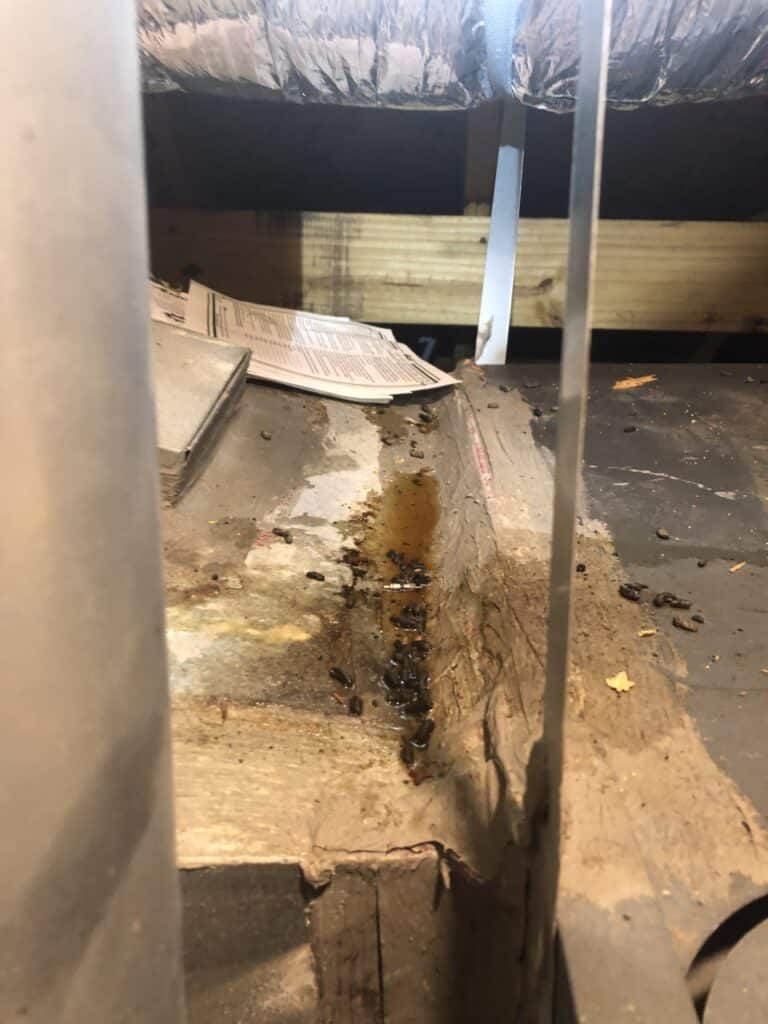
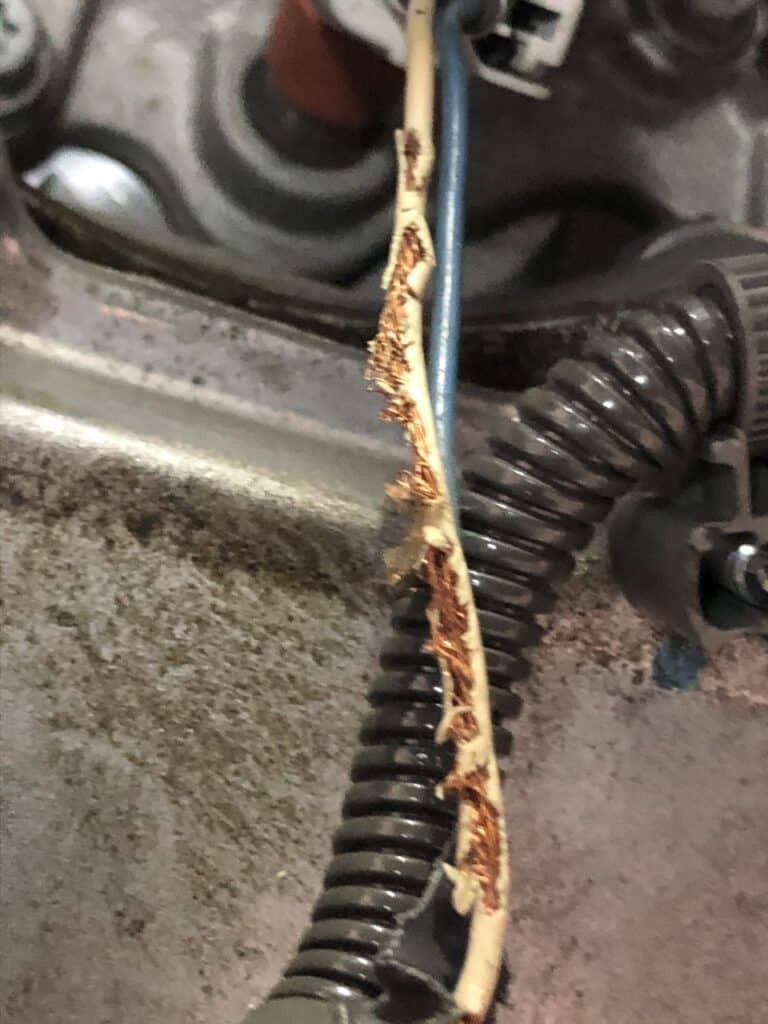
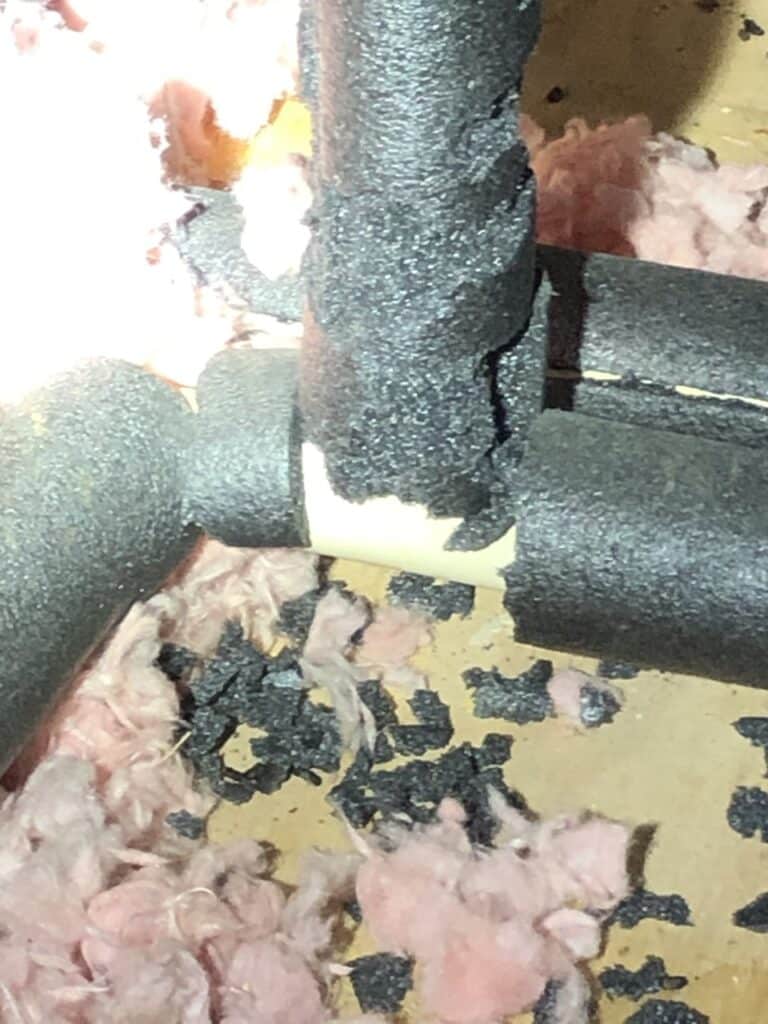
Home Inspection for Rodents
During a rodent inspection, our inspector will thoroughly inspect your attic as well as provide a full exterior home inspection. The most common signs of rodent activity are chewing, droppings, rub marks, nesting material, and small entry points.
The most common areas to find a rodent infestation are in your attic, in the crawlspace, and inside the walls. You’re likely to find evidence of rats and mice in your kitchen as they scavenge for food.
Signs of Norway Rats in Attic

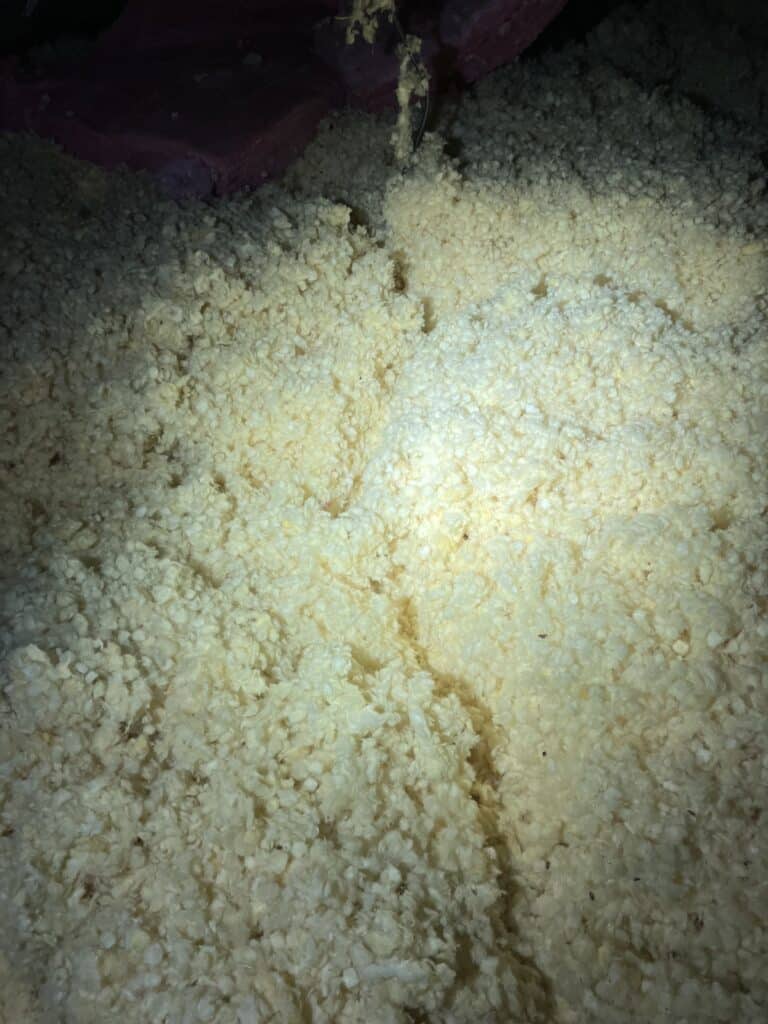
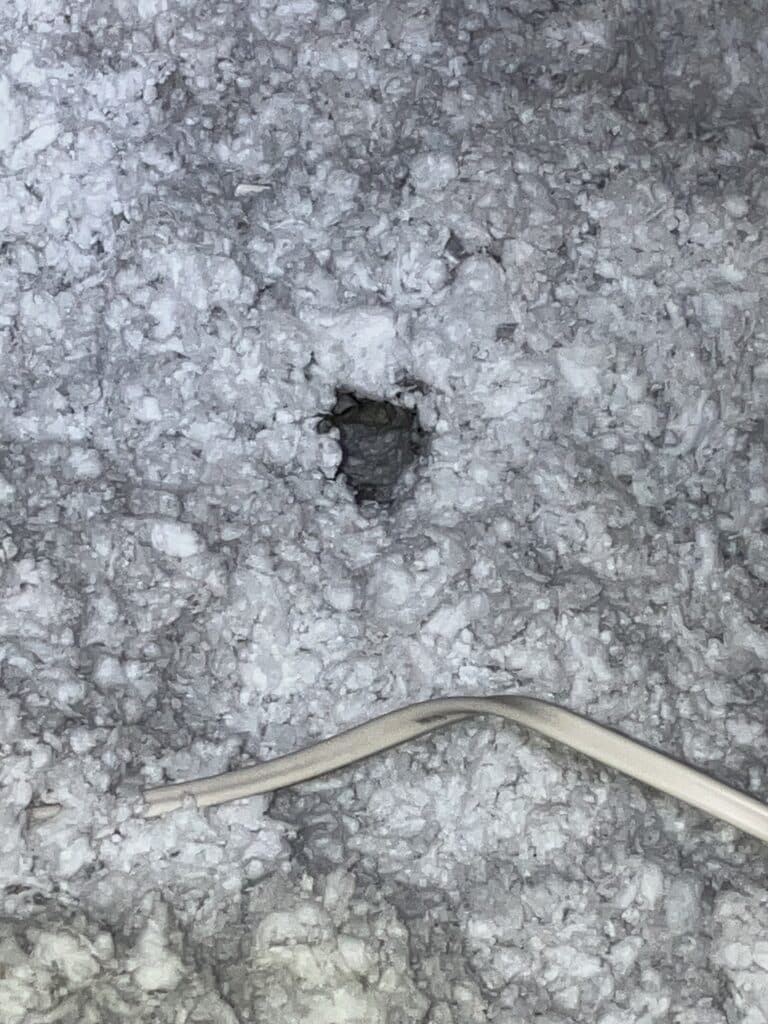
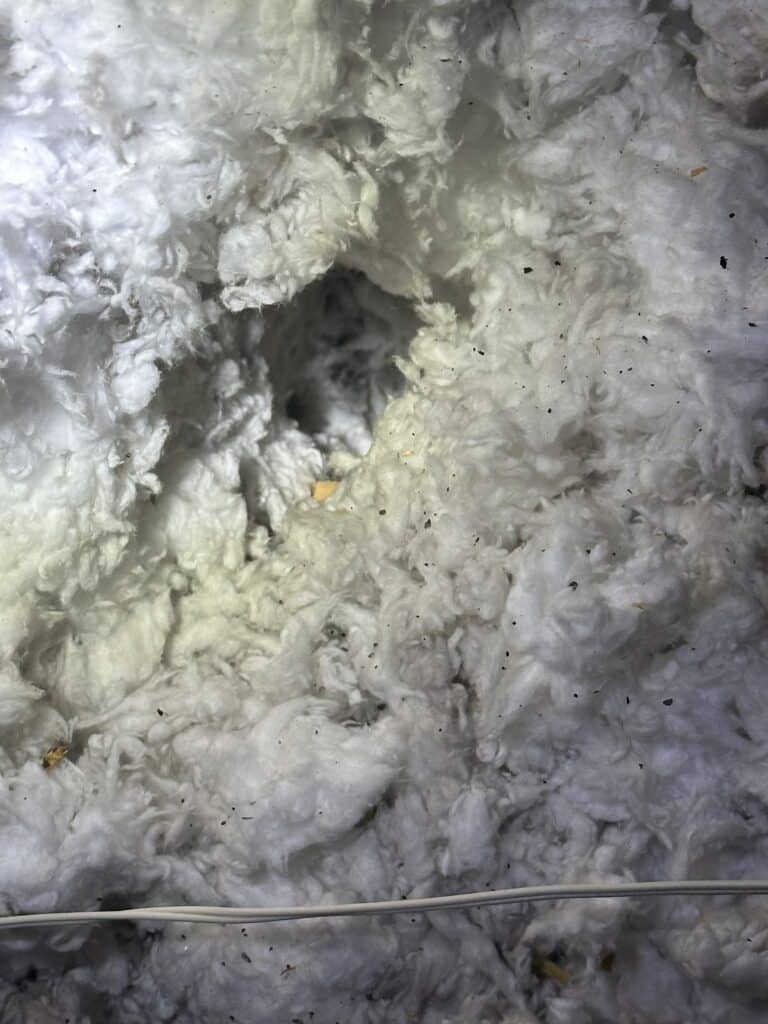
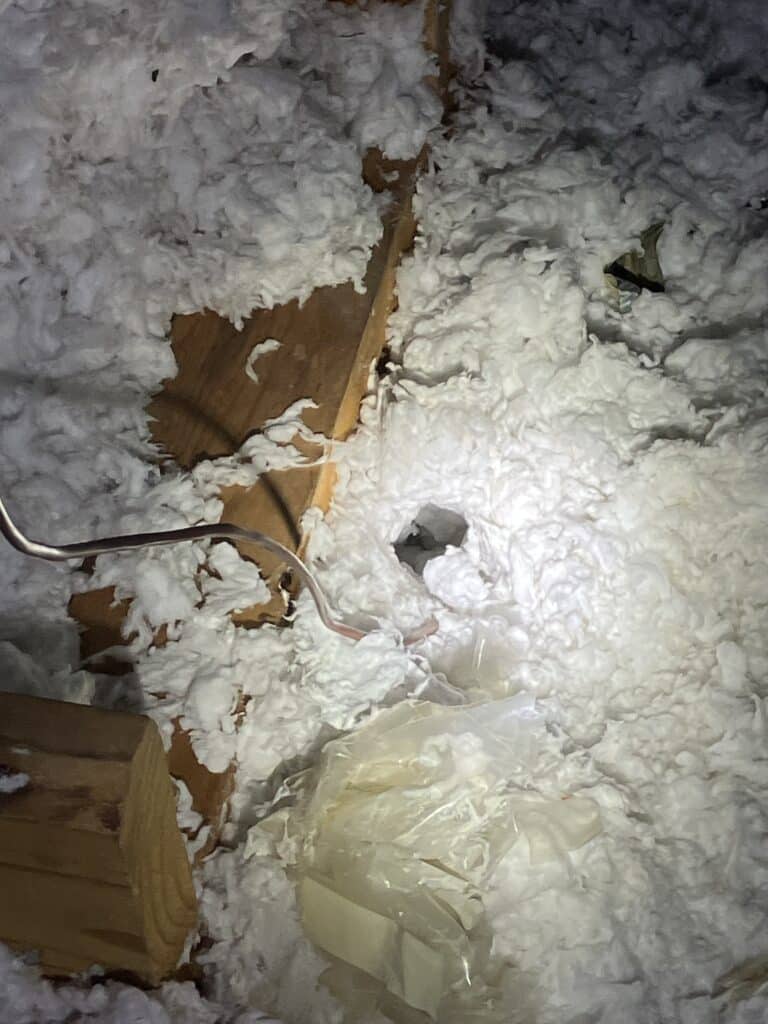
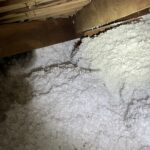
Rodent Removal & Trapping
Based on the inspection, our wildlife specialist creates a strategic trapping plan to remove the rodents found in your home. Types of traps, placement of traps, and bait used in traps determine the effectiveness of rodent trapping.
Our wildlife specialist will ensure to use of the most efficient and safe removal process for your home. Though the standard rat trapping/removal duration is normally between 5 to 14 days, the trapping process may be longer if the rodents are well-established.
Rodent Control in Your Attic
There are a few ways to rodent-proof your attic, and most of them start before the rodents reach the attic. Some rodents like mice can fit through openings as small as half an inch in diameter, which means that small holes, gaps in doorways, and wall vents often serve as common entry points.
Rats are also proficient swimmers capable of traveling through sewer lines and entering buildings by emerging from toilets and open drains.
Check your roof and soffits for any small holes. Any rodent can take a pre-existing hole and gnaw it to make it bigger. Another way rodents can get into your home is through your vents. There are a few ways you can keep rodents out of your vents.
Rodent Control for the Crawl Space
Rodents can easily find their way into your crawlspaces. Norway rats and mice are the most common rodents in crawl spaces. Norway rats tend to burrow along the foundations of homes.
Rodent Exclusion
Rodent exclusion is the best rodent control method. The rats and mice got into your home. During the Critter Control free inspection in Houston and surrounding areas, our technicians identified all current and potential animal entry points.
After rodent removal, it is essential to repair any entry points on your home. Rodents leave pheromone trails, and other rodents quickly utilize those scent trails.
Habitat Modification for Rodent Control
Food sources, water sources, and shelter attract rats, mice, and squirrels to your house. Our technicians can offer simple ways to make your property less appealing to rodents.
Keep pet food inside and stored it. Removing trees or branches close to your roof and keep your property clear of debris can help to keep your property rodent free. Rodents love clutter and will use debris for nesting material.
Keep your garage door closed as much as possible, especially at dark. Garages are often used as storage spaces, and rodents will take advantage of any food they can get to or any items that can be used for nesting.
When Will I See Rodents Most?
Rats and mice are nocturnal and active year-round in Texas. Squirrels are diurnal and most likely to enter your home during their breeding seasons.
Hurricane season is the most popular time of year for Houston rodents to venture outside of their homes. However, limiting their activity to hurricane season is not entirely true. Anytime there are large rainfalls and flooding, we should be extra cautious when it comes to rodent invasion. Flooding forces rodents to venture inside.
Pest Control vs Wildlife Removal Services
Critter Control specializes in whole-home exclusions. We identify the rodent entry points and install materials designed to keep rodents out. We offer a one year warranty on whole home exclusions and suggest recurring rodent control services to keep your home protected.
Chicago has consistently been named one of the rattiest cities in America, and the most common pest rat in Chicago is the Norway rat (also known as the brown rat, sewer rat, common rat, wharf rat, street rat). These pests prefer to burrow in the ground, but they are excellent swimmers and climbers. Norway rats can establish a colony in your basement, crawlspace, walls, and attics.
Homeowners in the Chicago area tend to notice rodent feces or strange sounds in their walls and attics first. Rodent problems extend beyond those nuisances. Feces can transmit diseases. Rodents gnawing on electrical wires can increase the risk of fires. The pests introduce parasites like fleas into your house.
Critter Control in Chicago specializes in rat control. Rodent removal begins with a thorough inspection to determine how severe the problem is. The more established rodents are, the more involved the removal process will be. After inspecting, our wildlife specialist will build a custom solution to trap, remove, and seal all entry points.
Home Inspection for Rodents
During a rodent inspection, our inspector will thoroughly inspect your attic as well as provide a full exterior home inspection. The most common signs of rodent activity are chewing, droppings, rub marks, nesting material, and small entry points.
The most common areas to find a rodent infestation is in your attic, in the crawlspace, and inside the walls. You’re likely to find evidence of rats and mice in your kitchen as they scavenge for food.
Rodent Removal & Trapping
Based on the inspection, our wildlife specialist creates a strategic trapping plan to remove the rodents found in your home. Types of traps, placement of traps, and bait used in traps determine the effectiveness of rodent trapping.
Our wildlife specialist will ensure to use of the most efficient and safe removal process for your home. Though the standard rat trapping duration is normally between 5 to 14 days, the trapping process may be longer if the rodents are well-established.
Rodent Control in Your Attic
The most effective rodent control method is exclusion. Blocking rodent entry points so the pests cannot gain access to your attic. Rodents can squeeze through small holes. Some rodents like mice can fit through openings as small as half an inch in diameter, which means that small holes, gaps in doorways, and wall vents often serve as common entry points.
Rats are also proficient swimmers capable of traveling through sewer lines and entering buildings by emerging from toilets and open drains.
Check your roof and soffits for any small holes. Any rodent can take a pre-existing hole and gnaw it to make it bigger. Another way rodents can get into your home is through your vents. There are a few ways you can keep rodents out of your vents.
Rodent Control for the Crawl Space
Rodents can easily find their way into your crawlspaces. Norway rats and mice are the most common rodents in crawl spaces. Norway rats tend to burrow along the foundations of homes.
Rodent Exclusion
Rodent exclusion is the best rodent control method. Exclusions are naturally chemical and rodenticide-free. Exclusions work immediately once properly installed and offer a long-term solution. During the Critter Control free inspection throughout Chicagoland, our technicians identified all current and potential animal entry points.
Rodents leave pheromone trails, and other rodents quickly utilize those scent trails so it is essential to block all entry points. Our exclusion services can help avoid rat stoppage tickets in Chicago.
Habitat Modification to Prevent Rodents
Food sources, water sources, and shelter attract rats to your property. The city of Chicago offers free heavy-duty plastic 96-gallon garbage cans with tight fitted lids to single-family residences to help curb the rat population.
Our technicians can offer other simple ways to make your property less appealing to rodents. Keep pet food inside and stored it. Keeping your property clear of debris can help to keep your property rodent-free. Trimming Rodents love clutter and will use debris for nesting material.
Keep your garage door closed as much as possible, especially in dark. Garages are often used as storage spaces, and rodents will take advantage of any food they can get to or any items that can be used for nesting.
When Will I See Rodents Most?
Squirrels are diurnal and most likely to enter your home during their breeding seasons.
Rats and mice are nocturnal and active year round. You might notice more rat activity during the summer and fall as the rats are preparing for winter.
Pest Control vs Wildlife Removal Services
Some pest control companies will exterminate your rodent problem. A rodent exterminator is a short term solution, and not every company can offer a long term solution.
Critter Control specializes in whole home exclusions. We identify the rodent entry points and install materials designed to keep rodents out. We offer a one year warranty on whole home exclusions and suggest recurring rodent control services to keep your home protected.
Rats are one of the most common pest problems in apartment buildings. With multiple tenants going in and out of the building all day and night, rats have plenty of opportunities to enter. They mainly enter an apartment building to find shelter, food, and water.
When you notice signs of a rat, contact your landlord, building manager, or the building owner. They are responsible for deciding how to get rid of rats in an apartment. At the same time, there are many things you can do as a tenant to rat-proof your apartment. You must know the signs of a rat in an apartment to know what to do.
Recognizing the Signs of Rats in an Apartment
Seeing a rat, like when you flip on a light in a dark room and see it scurry into hiding, is the easiest way to know you have a rat problem. Other signs include the following:
- Rat droppings, up to 40 per night, by each rat living in an apartment building.
- Rat trails, or lines of rat droppings and urine, wherever they travel, usually from their nest to a food source.
- Rub marks on baseboards, walls, and floors from the grease and filth on a rat’s body.
- Footprints as they travel in dusty areas.
- Holes in baseboards, walls, or other areas chewed open by rats.
- Rat nests, which look like balls of debris, usually in dark and secluded areas.
- Hearing noises in your walls, ceilings, or floors like scratching, chirping, and scurrying.
- Smelling foul odors resembling ammonia but from rat urine and feces buildup.
Dangers of Having Rats in an Apartment
Having rats in an apartment building poses risks for all tenants and should be professionally eliminated immediately. One risk is that having one or two rats in the building can quickly become an infestation. Female rats can breed up to seven times annually, giving birth to seven or more pups each time. The females out of each litter are ready for breeding just three months after birth.
Another danger is that rats leave large amounts of feces and urine in areas where humans are, exposing you to the many diseases rats carry. If you breathe in spores that grow on their feces or touch their waste, you are at risk for diseases like tularemia, salmonellosis, and hantavirus.
Rats chew and gnaw on most materials, including electrical wires, drywall, wood beams, linoleum, carpets, and more. Damages can be costly and may even result in fires, structural failure, or injuries from tripping.
Rats can be aggressive. There are reportedly over 15,000 rat bites in the United States annually. Some of those bitten will acquire rat-bite fever, an infectious disease. Rat-bite fever is not the only concern.
Diseases Rats Carry
Rats carry numerous diseases and can transmit them to humans through bites, contaminated foods, and contact with their feces and urine. Diseases include:
- Hantavirus, spread by inhaling spores from rat feces, can lead to respiratory problems in humans.
- Leptospirosis, a bacterial disease spread through rats’ urine, can lead to severe flu-like symptoms and damage the kidneys or liver.
- Salmonellosis is a bacterial infection transmitted by eating foods contaminated by rats and can lead to severe digestive problems.
- Tularemia, a bacterial disease known as rabbit fever, can lead to skin ulcers, swollen glands, mouth sores, diarrhea, and pneumonia.
Because rats harbor fleas, ticks, and lice that can latch onto humans, they indirectly spread the following bacterial diseases: Anaplasmosis, Babesiosis, Lyme disease, Powassan virus, Borreliosis, Flea-born typhus, and Rickettsialpox.
These are just a few examples of diseases humans can contract directly and indirectly from rats.
Damage Rats Cause
Rats can cause extensive structural damage to an apartment complex by gnawing on structural supports and beams. They sometimes burrow under the foundation of the building, causing it to become unstable. Rats also gnaw on electrical wiring, causing interruptions in your electricity and, sometimes, fires.
Rats burrow in the insulation of apartment buildings, causing higher utility bills and leaving you feeling colder in the winter and hotter in the summer. They build nests in HVAC ducts, which can also lead to fires and send the spores growing on their feces directly into your apartment.
Rats can chew through plastic and some metals. If they chew through the building’s plumbing system, you could be left without use of your bathroom. If rats enter your apartment, they may disable your appliances by chewing through wires. They will also destroy any personal items, whether sentimental or not.
Top Tips for How to Get Rid of Rats in an Apartment
It can be tempting to try do-it-yourself methods for getting rid of rats in an apartment. But it is not as simple as setting traps with cheese or peanut butter. Each rat species may require specific baiting and trapping methods. Using the wrong technique can lead to more significant problems. You want to avoid causing further damage to your apartment.
If you are a tenant, inform your landlord, who handles problems like rat infestations. If you own an apartment, you must know the type of problem you have before getting rid of rats. Trapping and baiting can take weeks to months, depending on the colony.
Hiring professional rat removal services is the best way to ensure all rats are gone. They provide a thorough inspection and plan to treat the problem and prevent future infestations.
Sealing Your Apartment Against Rats
Even if you eliminate all rats from your apartment, you must prevent other rats from entering. Rats do not need much space to enter an apartment. They can squeeze through a hole the size of a quarter and flatten themselves to go under doors.
You may not notice every hole or crack in your apartment, but a professional wildlife expert will. They will also seal each one with proper materials. For example, they will use waterproof sealants to seal around leaky pipes. To seal vents, they may use steel wire mesh. Weatherstripping and spray foam may be necessary to seal other areas.
Removing Rat Food Sources
Rats will eat anything humans eat and anything your pets eat. A morsel of food falling under the oven, crumbs on your counter, and pet food left in a bowl entice rats. Removing all access to food in your apartment is crucial to avoid attracting rats.
Wherever you eat, clean up that space afterward to avoid leaving scraps and crumbs behind for rats. For example, if you like to eat on your sofa while watching television, don’t leave food or crumbs in or under it. Also, properly store foods, including pet foods, in airtight containers. If a rat gets into your pantry, it will contaminate all your groceries, which can be costly to replace.
Rat Traps, Poisons, and Repellents
Rat traps are the most common way people try to eliminate rats. They do not always work because rats are very clever and suspicious of anything new in their space. You must know where to place the trap, which bait to use, and how to safely handle the rat after trapping it.
Those who try poisons often find themselves with skin irritations if they do not use proper gear. It can take rats ten days or longer to take effect. Using poisons can leave you with rotting rats inside your walls, bleeding rats roaming your apartment, and health risks to you, your children, and your pets. Poisons can harm other wildlife, raccoons, birds, or squirrels.
Scent and ultrasonic repellents are available today to deter rats from entering your apartment. Neither option is poisonous, making them much safer than toxic options. Scent repellents use a rat’s sense of smell and the odors they don’t like to repel them from the building. Ultrasonic devices use sounds that rats do not like to hear. They may affect pets, however, so placing the ultrasonic devices out of range from your pet is essential.
Unfortunately, scent and ultrasonic repellents are not always practical. Rats develop tolerance to smells and sounds, and some are not bothered at all. As a renter, you must get permission from the apartment owner before using traps, poisons, or repellents. You do not want to cause further damage to the property or put other tenants and their children and pets at risk.
Working with professional companies to remove rats from the building is best if you own the apartment or are the landlord. They can help prevent tenants from accidentally encountering poisons or injuring themselves with traps. Sometimes, DIY methods prolong the need to call for help.
When to Call Professional Rat Removal Services


Rat infestation stemming from trash compactor rooms. Courtesy of District Manager Robert Ard.
Many DIY methods for getting rid of rats are temporary solutions, if they work at all. Professional rat removal services offer effective solutions to eliminate rats in an apartment and prevent future rat infestations. They have safety equipment, knowledge about rat behaviors and habitats, and exclusion methods that offer tenants relief and assurance that their rat problem is over.
Critter Control offers thorough inspections before rat removal to assess the type and size of the infestation. Once complete, they will create a plan for removal, rat damage repair, and exclusion using proper equipment. Call them today or at the first sign of a rat. They are experts in how to get rid of rats in an apartment.